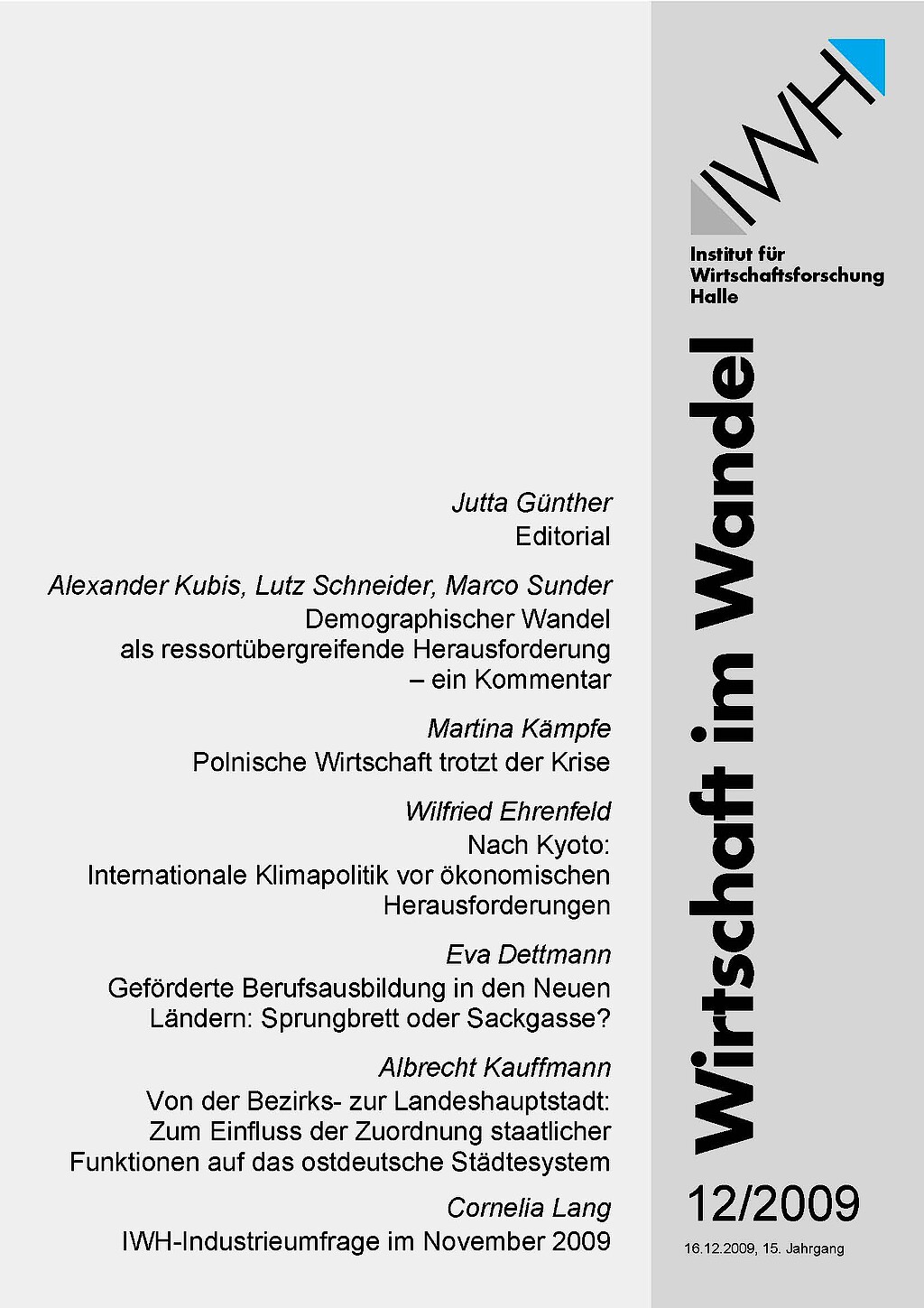
Subsidized Vocational Education in East Germany: Stepping Stone or Dead End?
Gegenstand der Analyse ist eine Evaluation der Berufsausbildungsförderung in den Neuen Bundesländern. Am Beispiel der betriebsnahen Ausbildung wird der Frage nachgegangen, ob die geförderten Jugendlichen beim Berufseinstieg gegenüber Absolventen ungeförderter Ausbildungsgänge benachteiligt sind. In bisherigen Studien wird – neben Selektionseffekten – ein negatives Image als mögliche Erklärung für die beobachteten schlechteren Aussichten der Absolventen einer geförderten Berufsausbildung auf dem Arbeitsmarkt angeführt. Allerdings ist bisher nicht klar, wie gut die Beschäftigungschancen dieser Jugendlichen wären, wenn sie einen Ausbildungsplatz ohne staatliche Förderung erhalten hätten. Die Antwort auf diese Frage wird in der Studie mit Hilfe eines Matchingverfahrens gegeben. Die Datenbasis der Analyse bildet das Jugendpanel des Zentrums für Sozialforschung Halle e. V. (zsh). Es wird festgestellt, dass der Umstand der Förderung selbst einen Einfluss auf die Beschäftigungschancen der Jugendlichen hat. So sind die betriebsnah Ausgebildeten nach erfolgreichem Abschluss der Berufsausbildung seltener erwerbstätig als vergleichbare Absolventen ungeförderter Ausbildungsgänge. Die geförderten Jugendlichen, die eine Erwerbstätigkeit aufgenommen haben, sind darüber hinaus seltener im erlernten Beruf tätig, was sich v. a. auf die berufliche Stellung und das Einkommen auswirkt.




